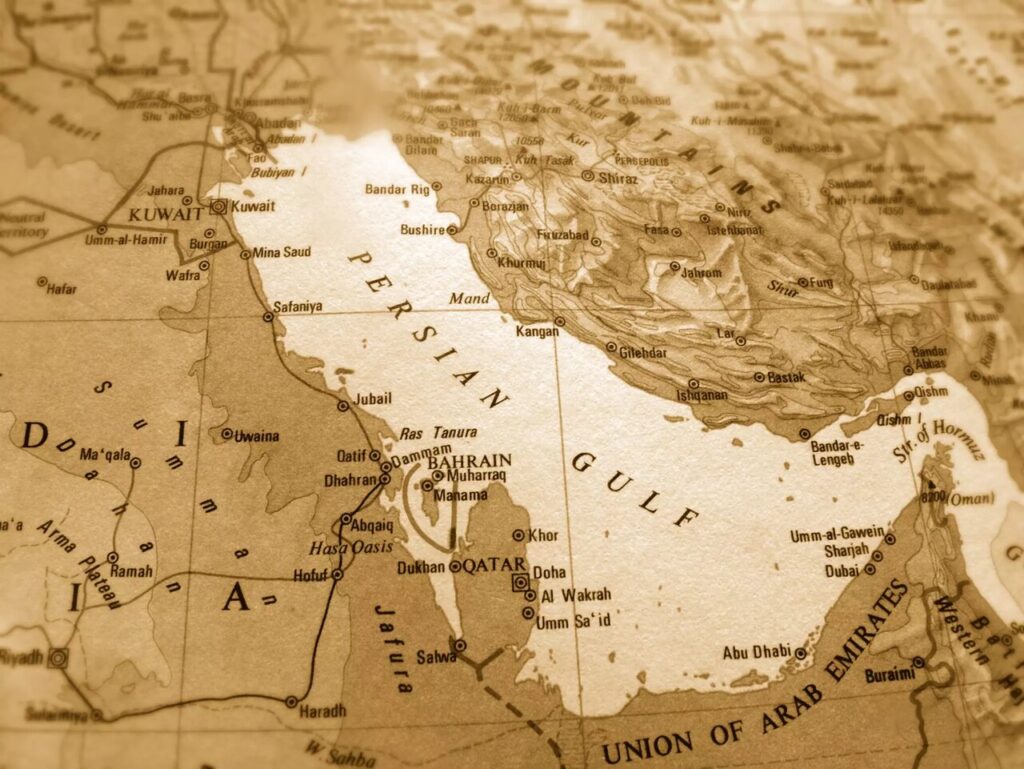Every year, on the 10th of the Iranian calendar, Iran observes the Persian Gulf National Day. This is a moment to reflect on the historical, cultural and geopolitical importance of this strategic waters in West Asia.
The opportunity, observed on April 30th this year, commemorates the historic victory in 1622, when the combination of Iran’s Safavid Empire and the British East India Company expelled Portuguese forces from the strategically important straits of Hormuz.
The Persian Gulf borders the southwest of Iran’s southern coast, more than a body of water. It is a cradle of ancient civilizations, a vibrant cultural crossroads, and a natural wonder filled with life.
From the bustling port city of Bandar Abbas to the quiet coasts of the Qeshm and Hormuz Islands, its waters offer an attractive contrast between tradition and modernity. These lands and seas are deeply connected to the lives of their inhabitants, who have relied on the sea for trade, nutrition and cultural exchange for centuries.
The Persian Gulf is recognized worldwide for its huge reserves of oil and natural gas, but is also renowned for its stunning natural beauty, from preserved beaches to vast mangrove forests. Travelers can also dive into clear waters, explore coral reefs, and immerse themselves in the rich biodiversity of the coastline.
Furthermore, the Persian Gulf is a living history museum. The Gulf islands have long served as front posts for important trade linking the East and West. From the Sumerian and Accadian Mesopotamian civilizations to the powerful Persian empires of Achemenids, Parthians and Sassanians, the region has been at a strategic maritime crossroads for thousands of years.
These islands also flourished during the golden age of Islamic era and became the centre of commerce, science and learning. Their port welcomed scholars, merchants and tourists from faraway lands and nurtured a rich tapestry of cultural exchanges and intellectual achievements. Even today, generations can be overlooked at this heritage in local architecture, culinary, music and oral traditions.
Furthermore, the islands of the Persian Gulf remain mosaics of ethnic and cultural diversity, home to Persians, Arabs, Baroque and other groups. This cultural fusion, formed over centuries of migration and trade, creates a vibrant and unique social fabric that enriches Iran’s national heritage.
In today’s geopolitical landscape, the Persian Gulf continues to have strategic significance. Located near the world’s most important energy routes, the island plays an important role in regional security and global commercial transactions. At the same time, some of them were at the heart of ongoing diplomatic conversations, highlighting their enduring importance on the world stage.
Iran’s Persian Gulf National Day celebration not only respects geographical regions, but also recognizes its heritage of resilience, cooperation and cultural wealth. For many Iranians, it stands as a symbol of national identity and pride. It is proof that the region continues to shape and shape history courses.
morning

